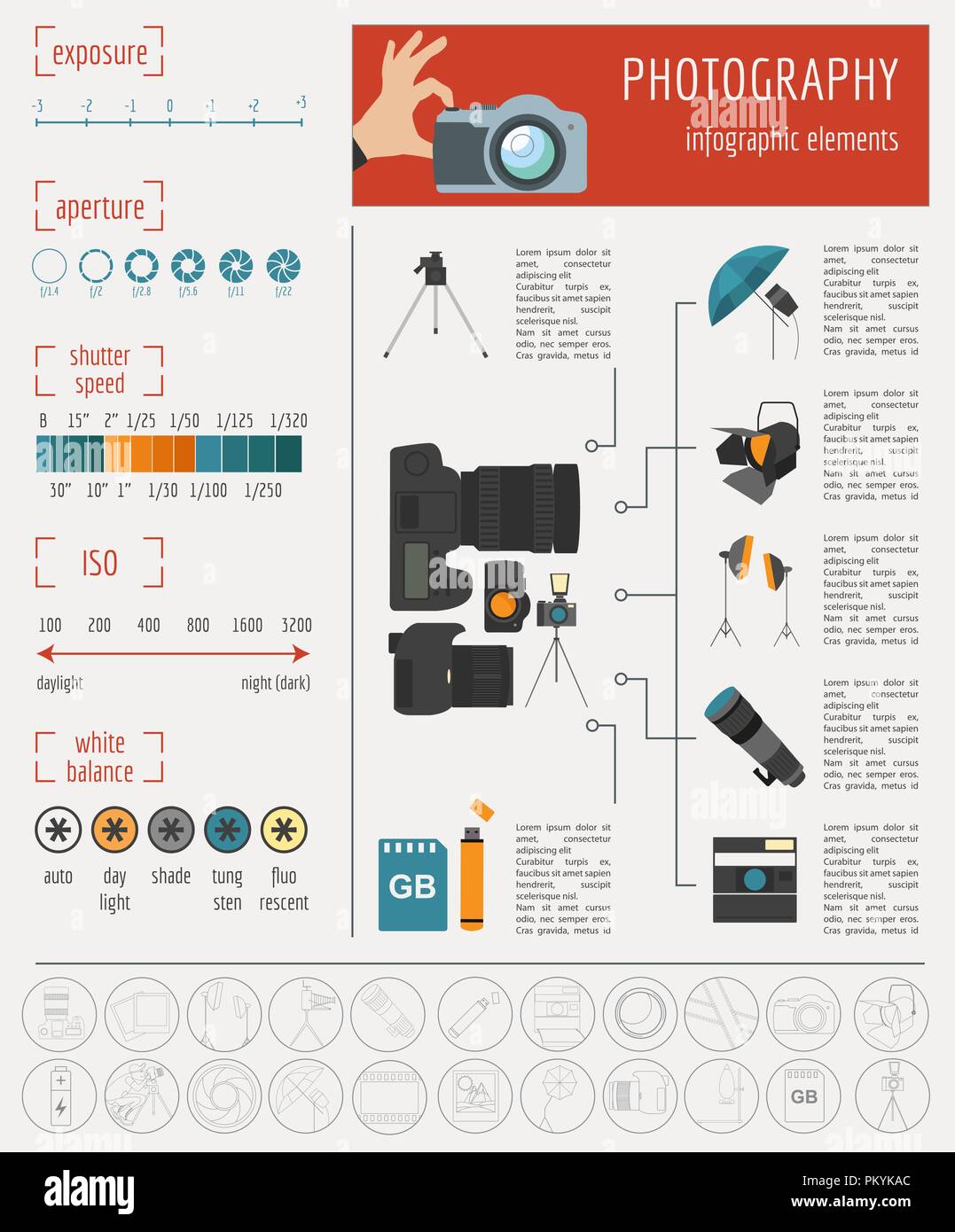Transform Your Photography By Understanding Illumination Strategies That Can Boost Your Photos-- Find The Usual Pitfalls That Could Be Holding You Back
Transform Your Photography By Understanding Illumination Strategies That Can Boost Your Photos-- Find The Usual Pitfalls That Could Be Holding You Back
Blog Article
Content Writer-Greenwood Brady
As a professional photographer, you know that lighting can make or damage your photos. Understanding mouse click the following post of both natural and artificial light is important for capturing the mood and clarity you aim for in your job. Whether you're going after the best golden hour glow or adjust your synthetic arrangements, understanding these elements can raise your photography dramatically. But there prevail mistakes that several neglect, and acknowledging them can transform your method to every shoot. Allow's explore what you may be missing out on and exactly how it can impact your outcomes.
Comprehending Natural Light
Comprehending all-natural light is essential for any kind of photographer seeking to improve their job. It's the structure of fantastic photography, influencing mood, tone, and clarity. When you fire outdoors, take note of the moment of day. The golden hour-- soon after sunrise and before sunset-- provides soft, cozy light that can transform regular scenes right into stunning photos.
Do not ignore the power of overcast days. Cloud cover diffuses sunlight, creating a soft, even light that's ideal for pictures and macro photography. You'll locate colors pop in this kind of illumination without extreme darkness.
Placing issues, too. Always consider your topic's alignment to the light. If the sun's behind your topic, you might end up with a shape, which can be significant yet mightn't be what you desire. Alternatively, straight sunlight can produce unflattering darkness.
Try out angles; in some cases, transforming your point of view can yield incredible results. Use https://zenwriting.net/cassy4penelope/exactly-how-to-build-a-photography-portfolio-that-stands-out -natural reflectors, like water or sand, to bounce light onto your topic, adding dimension.
Mastering Artificial Light
Grasping artificial light is essential for digital photographers that intend to take their skills to the following level. Whether you're making use of speedlights, studio strobes, or continuous lights, comprehending exactly how to control these resources can considerably improve your pictures.
Begin by familiarizing yourself with the basics of light high quality, direction, and shade temperature level. Explore various modifiers like softboxes, umbrellas, or grids to regulate the soft qualities or harshness of the light.
You'll locate that soft light often develops complementary outcomes, while harsher light can add dramatization and deepness. Don't shy away from shadows; they can enhance the three-dimensionality of your topics.
Pay close attention to the placement of your lights. A light positioned as well close to your topic can produce uncomplimentary results, while also away can result in an absence of detail. Use a light meter or your cam's pie chart to ensure you're subjecting appropriately.
Lastly, keep in mind that man-made light can be blended with ambient light for innovative impacts. Balancing these sources might take method, once you grasp it, your digital photography will truly radiate.
Methods for Various Situations
When you step into various capturing scenarios, adapting your illumination techniques is critical for recording the very best images. For outdoor pictures, use the gold hour-- morning or late afternoon light-- to soften shadows and improve complexion.
If it's an extreme midday sunlight, take into consideration utilizing a reflector to jump light back onto your subject or look for shaded locations for a much more also direct exposure.
In low-light situations, like interior occasions, raise your ISO and utilize a wide aperture to allow in more light. A tripod can aid eliminate cam shake, permitting longer direct exposures without obscuring.
If you're shooting at evening, trying out off-camera flash to produce dynamic lights and depth in your pictures.
For item digital photography, use diffused lighting to stay clear of extreme reflections. Softboxes or light tents can assist achieve this impact.
When photographing landscapes, take into consideration the instructions of light and time of day, as it can dramatically transform the state of mind of your shot.
Always be ready to adjust your settings and placing based upon the scenario, as flexibility is crucial to understanding illumination in digital photography.
Final thought
In conclusion, understanding lighting is key to raising your digital photography skills. Embrace natural light's appeal during gold hour, and do not shy away from try out artificial light strategies. By adjusting your technique to various situations, you'll capture magnificent photos that reverberate with feeling and clarity. Keep in mind, the ideal lights can transform a normal shot into something phenomenal, so keep practicing and improving your understanding of both natural and man-made light. Pleased capturing!
